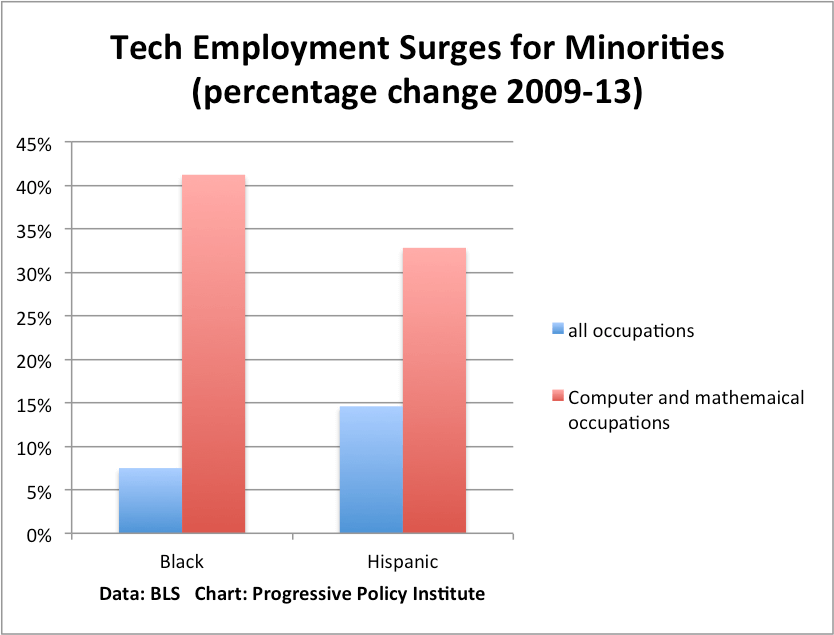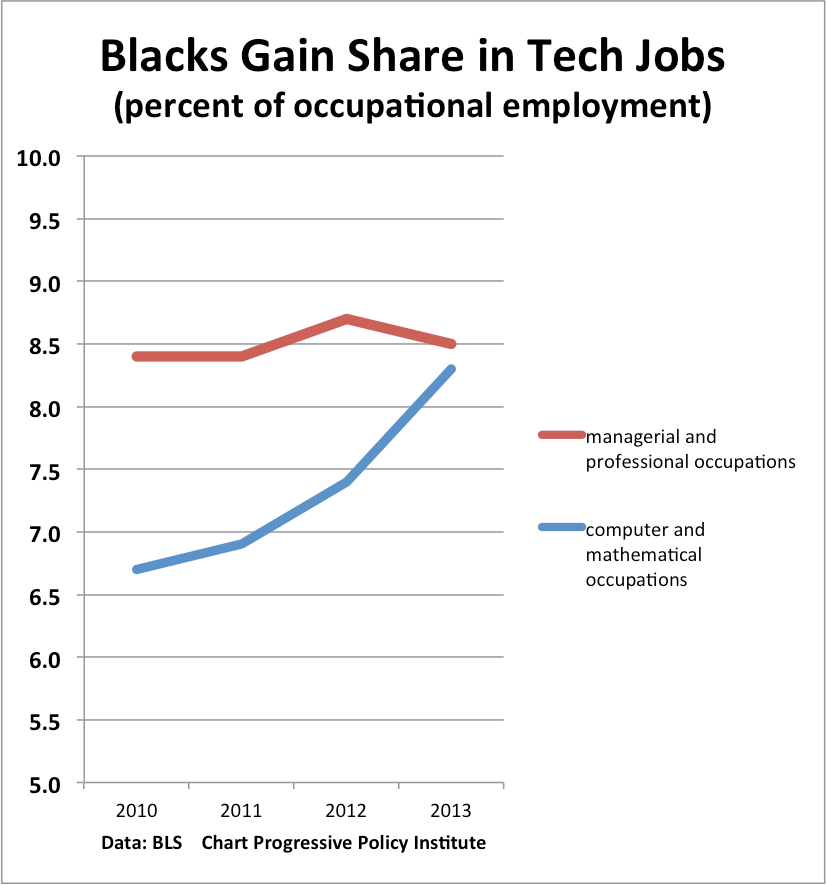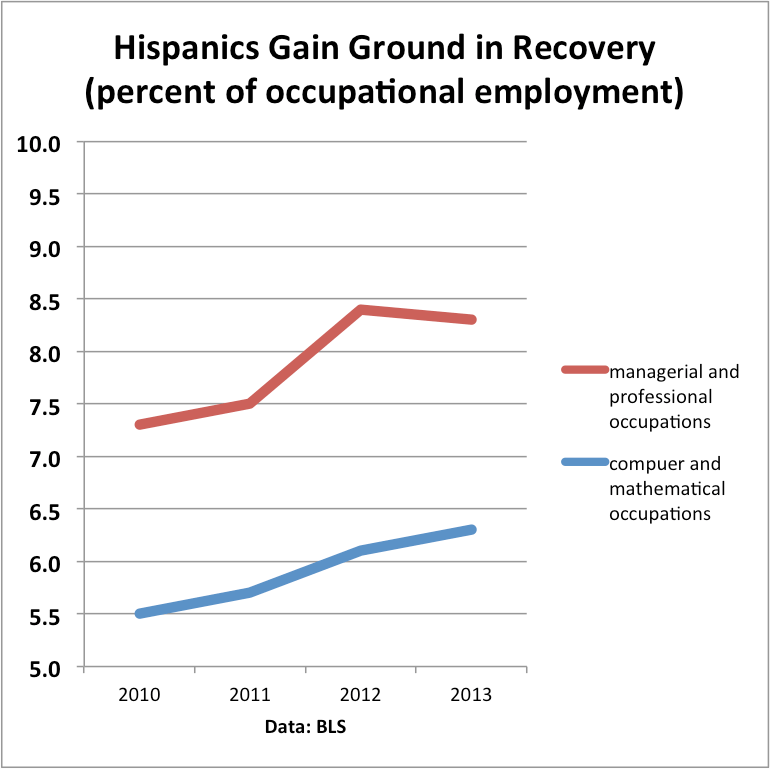With the federal government in gridlock, cities step into the breach.
Welcome to New Orleans, city of the future.
Wait, New Orleans? The decadent old tourist trap that’s been trading on its fading cultural glories for decades? That’s right – the Crescent City has its mojo working again.
Since the ravages of Hurricane Katrina, the Big Easy has reinvented itself as a mecca for entrepreneurship and a magnet for young and highly educated workers. Forbes ranked New Orleans number one in IT job growth. Another ranking of America’s “cities of aspiration,” which blends economic performance, quality of life measures and demographics, lists New Orleans second behind Austin, Texas. New Orleans is also leading the transformation of urban education. An amazing 79 percent of its students attend charter schools, and — more amazing still — they are on track to become the first inner city students in the nation to outperform their counterparts in the rest of the state.
New Orleans also benefits from dynamic political leadership and a cooperative civic culture. Mayor Mitch Landrieu is a tough-minded progressive who has cut the city’s budget by a quarter, spun off inefficient public health clinics and forced the city’s regulators to dramatically speed up licensing and permitting. Voicing a pragmatism that’s all too rare in the ideological hothouse of Washington, Landrieu notes that “government can be too big and too small at the same time.” He has also launched the New Orleans Business Alliance, the city’s first public-private partnership for economic development, and has used the money freed by his “cut and invest” approach to upgrade municipal infrastructure and improve public safety (an astronomical murder rate is the city’s biggest problem).
What’s happening in New Orleans, however, is hardly unique. It’s emblematic of a larger story: A renaissance in local governance as Washington sinks deeper into paralysis.
While Congress becomes both more ideologically polarized and less productive than ever, local governments are innovating, collaborating and equipping their citizens and communities with tools for successful problem-solving.
This “metropolitan revolution”, as Bruce Katz and Jenifer Bradley of the Brookings Institution have dubbed it, illustrates the genius of American federalism. Its subtle dynamics seem to ensure that not every level of our government can be broken at the same time.
It’s also a dramatic role reversal from a couple decades ago, when the nation’s big cities were synonymous with failure and decline. From New York to Detroit, Cleveland to Los Angeles, U.S. urban centers were beset by deindustrialization and toxic waste, rising poverty, soaring crime rates, municipal corruption, racial friction and middle class flight to the suburbs.
Overwhelmed by these economic and social maladies, many urban leaders took refuge in victimhood and looked to Washington for salvation. As I’ve noted elsewhere, many cities seemed to develop a cargo cult mentality, waiting like Pacific islanders during World War II for pallets of federal aid to drop miraculously from the sky – which never came.
What came instead was a new wave of reform-minded mayors preaching self-reliance and homegrown solutions to local problems. These included pragmatic progressives like John Norquist in Milwaukee, Ed Rendell in Philadephia, Cory Booker in Newark and Martin O’Malley in Baltimore, as well as moderate Republicans Rudy Guiliani and Michael Bloomberg in New York. They used innovations like data-driven analysis and community policing to drive crime rates down. They experimented with ways to reduce welfare dependency and demolished public housing complexes that concentrated and isolated the poor. A few brave souls took over abysmal inner city school systems, cutting swollen bureaucracies, launching innovative charter schools, and holding principals and teachers accountable for student performance.
Metros on Top
Today, America’s cities and metro regions are the star performers of our federal system. They are America’s main hubs of economic innovation and dynamism and are reviving the U.S. economy from the ground up.
Houston, for example, as Derek Thompson of The Atlantic notes, has added more than two jobs for every one it lost in the Great Recession. Katz and Bradley report that cities like Portland and Tampa are concentrating on boosting exports into global markets. In Northeast Ohio, Cleveland and other cities are collaborating on joint strategies to become a hub of advanced manufacturing, targeting 3-D printing in particular. After the recession/financial crisis, Bloomberg launched an imaginative competition to attract engineering and applied science campuses to New York, to lessen the city’s economic dependence on Wall Street.
To Katz and Bradley, it all adds up to “an inversion of the hierarchy of power in the United States.”
The urbanologist Alan Ehrenhalt sees another kind of inversion at work in America’s metropolitan regions. As he explained in an interview with Smartplanet.com:
The demographic inversion simply means that, contrary to where we were a generation ago, with the inner city meaning “the place where poor people live” and the exurbs being where the affluent flee to; in the future, the center of the city is going to be where affluent people choose life. Not necessarily by tens of millions, but in significant numbers. Suburbs are going to be the place where immigrants and the poor congregate.
What’s behind this change? The disappearance of heavy manufacturing from many cities, says Ehrenhalt, has made them more attractive places to live. So has the steady decline in crime rates over the past several decades. And millennials in particular seem to find urban life more exciting than the placid suburbs most of them grew up in.
O Come Emanuel
If there’s a poster child for the metro revolution it’s probably Chicago Mayor Rahm Emanuel. A former adviser to President Clinton and Member of Congress, the acerbic Emanuel left his job as President Obama’s Chief of Staff to run for Mayor after longtime Mayor Richard Daley decided to call it quits. “Washington is dysfunctional politically, and it’s not just a momentary thing,” he explained to the New York Times’ Tom Friedman.
We’ve always said that there’d be a day when all that the federal government does is debt service, entitlement payments and defense. Well, folks, that day is here. So, federal support for after-school programs has shrunk. We added to ours, but I had to figure out where to get the money. The federal government is debating what to do with community colleges. We’ve already converted ours to focus on skills development and career-based education. I worked for two great presidents, but this is the best job I’ve had in public service.
None of this means Washington is at risk of becoming irrelevant – sorry, conservatives. But it does argue the merits of a serious push for a systematic decentralization of decisions and resources to state and local governments. It’s time to revisit former Congressional Budget Office chief Alice Rivlin’s ideas for devolving large responsibilities from Washington. And even during the present political stalemate, there are things Congress and the White House can do to enable local leaders to succeed. One is a generous waiver policy to allow for greater state and local experimentation. Combining lots of small programs – the federal government has 82 for teacher training alone – into broad, performance-based grants would also promote both local flexibility and efficiency.
Most important, progressives should get out of the habit of treating Washington as the line of first resort when some urgent problem demands a governmental response. Congress, the National Journal reports, is more ideologically polarized than ever. Not coincidentally, the previous Congress was the least productive in modern times. The current one – already effectively closed for serious business until November’s midterm elections — could turn out to be even more barren of legislative achievement.
And since no one seems to know how to throw the engines of polarization and hyper-partisanship into reverse, Washington is likely to remain mired in impotence and inertia for quite a while.
But don’t give up on democracy in America just yet. As conservatives try to undermine public confidence in government yet further, progressives should look outside Washington to local governments that are proving to be effective instruments for advancing the common good.
The piece is cross-posted from Republic 3.0.




 At a public forum held in the Legislative Assembly Chamber of the New South Wales Parliament in Sydney (left),
At a public forum held in the Legislative Assembly Chamber of the New South Wales Parliament in Sydney (left), 



